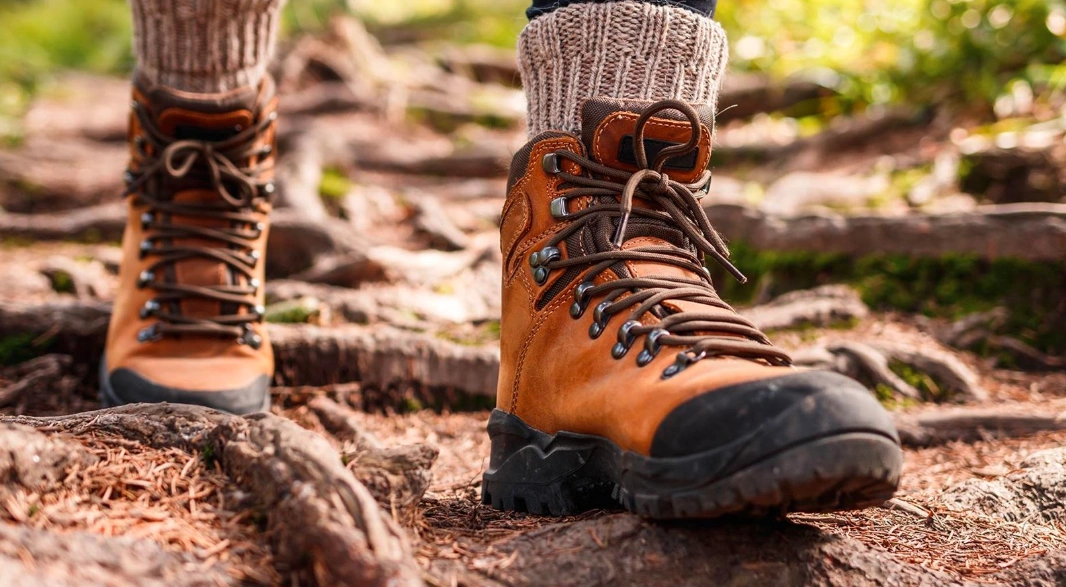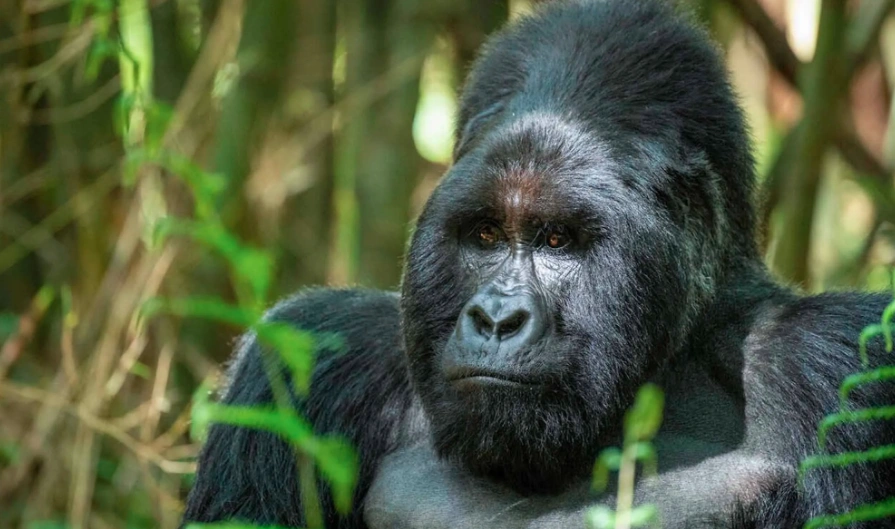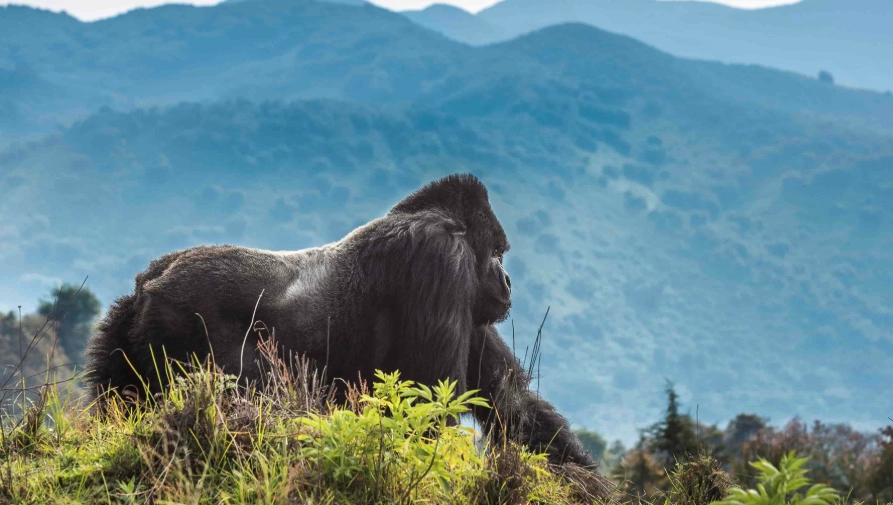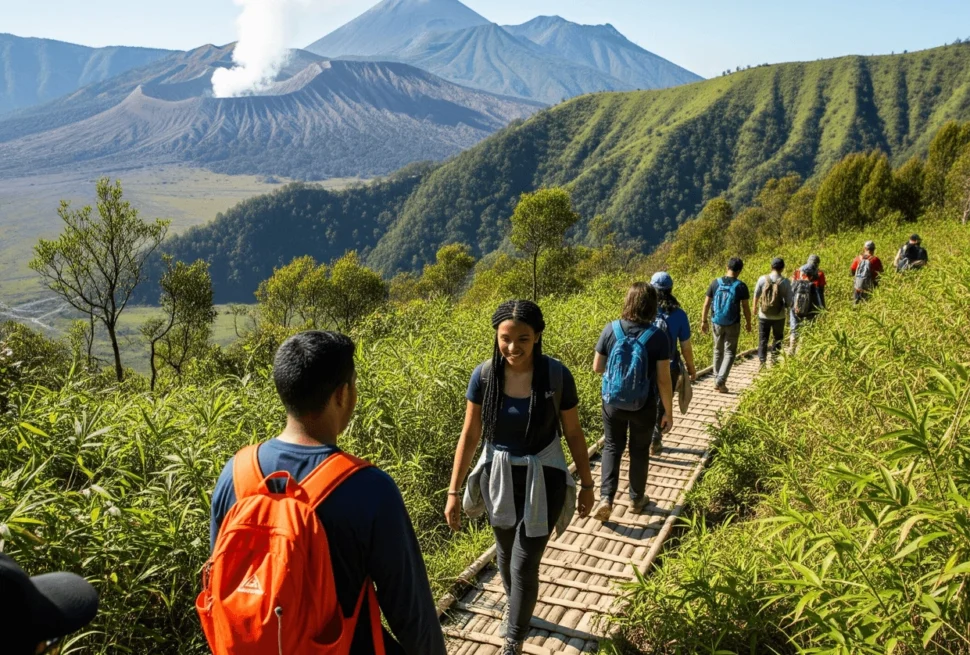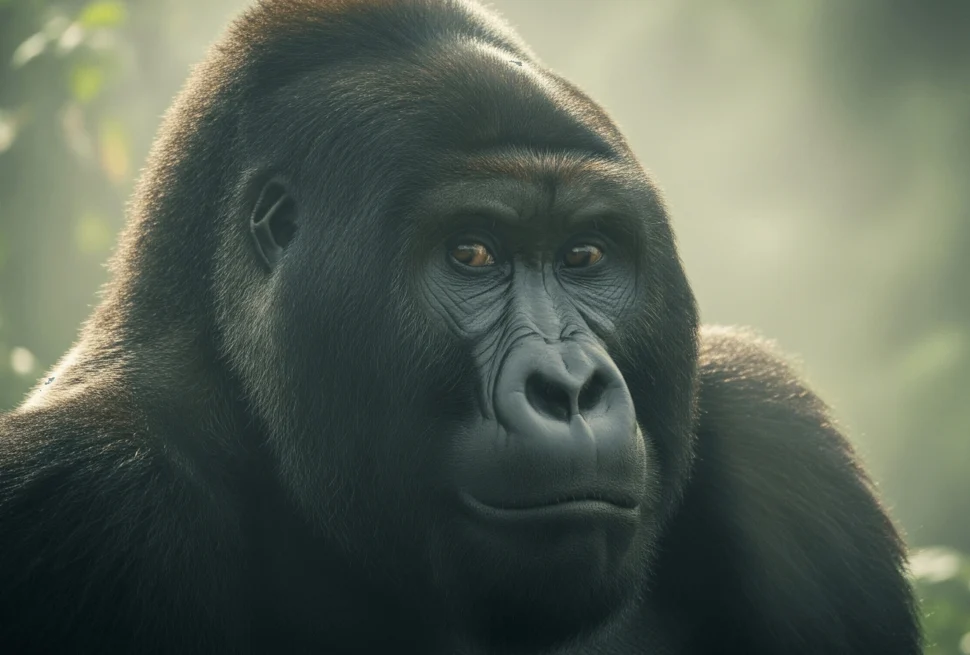“There’s no such thing as bad weather, only unsuitable clothing.”
— Alfred Wainwright
Gorilla trekking in Uganda is not your average walk in the park. It’s muddy. It’s misty. It’s magical. But only if you’re prepared.
Whether you’re heading into the dense jungles of Bwindi or the bamboo-covered slopes of Mgahinga, what you wear and carry can mean the difference between a memorable experience and a miserable one. Let’s make sure you’re on the right side of that line.
Essential Clothing and Footwear
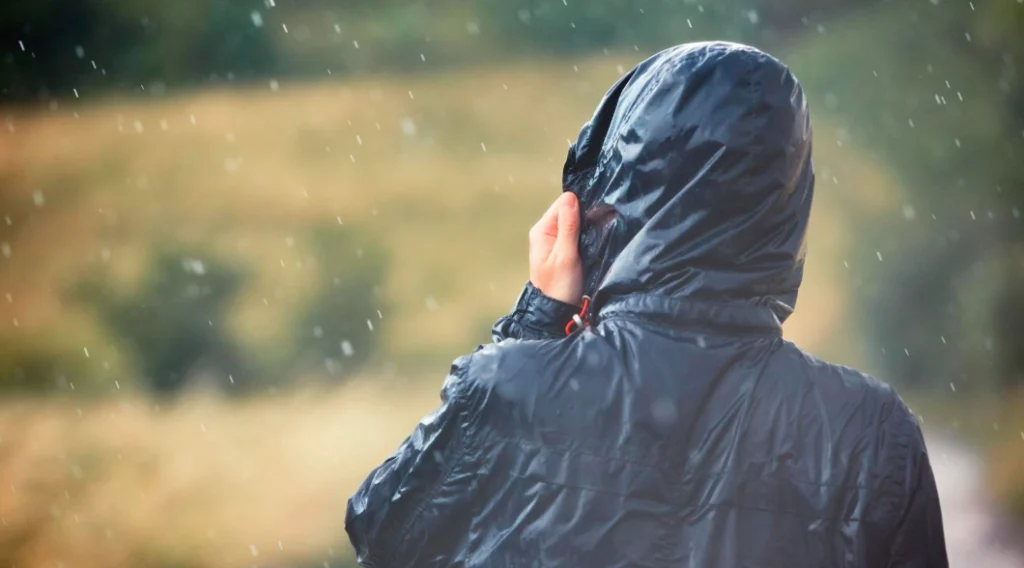
1. Sturdy Hiking Boots
If you pack only one thing right, make it your boots. Trails can be steep, slippery, and unpredictable, especially during or after rain.
Choose high-ankle waterproof hiking boots with a good grip. Break them in before your trip—this is not the time for blisters.
2. Long-Sleeved Shirts and Long Trousers
Don’t underestimate the vegetation. The jungle is full of scratchy branches, stinging nettles, and biting insects.
Wear lightweight, breathable long sleeves and trousers to protect your skin. Neutral earth tones work best—avoid bright colors.
3. Waterproof Jacket or Poncho
Rain can fall anytime—even during the dry season. Bring a lightweight, breathable rain jacket or a poncho that covers your daypack too.
4. Layering is Key
Mornings start cold and misty; afternoons can get humid. Dress in layers that are easy to peel off and stuff into your bag.
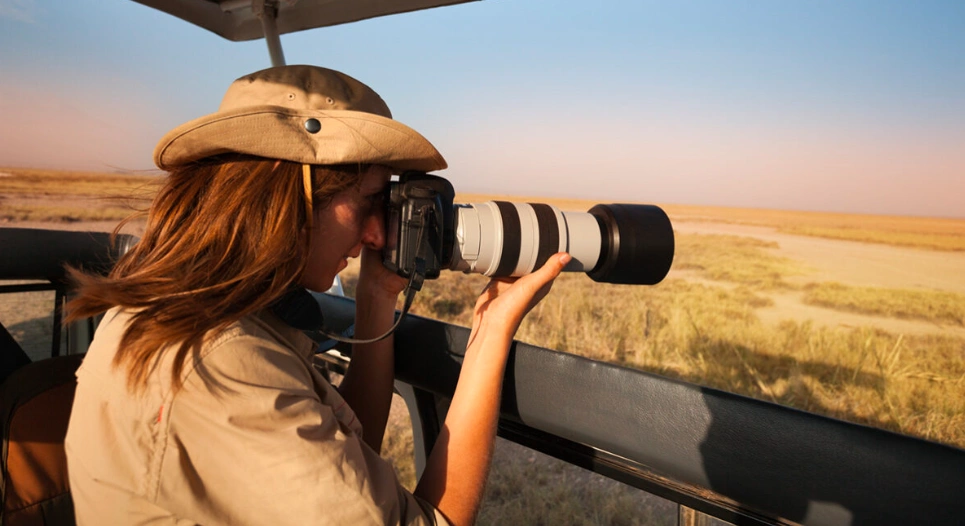
Daypack Essentials
Don’t overpack. Keep it light, tight, and essential.
5. Water and Snacks
You’ll be hiking for 2–6 hours (sometimes longer). Bring at least 2 liters of water and some energy-boosting snacks like nuts, granola bars, or dried fruit. Sugary drinks? Not ideal. The goal is hydration and stamina.
6. Camera (But Leave the Flash Off)
Bring your DSLR, mirrorless, or a good zoom-equipped smartphone—just make sure flash is disabled.
Pro tip: Carry extra batteries or a power bank. The humidity can zap battery life fast.
7. Face Mask and Hand Sanitizer
All trekkers are required to wear a mask when near gorillas, to protect them from human-transmitted diseases. Pack a few spares, and include hand sanitizer in your bag.
8. Light Gloves
These protect your hands when grabbing onto vines or trekking through thick bush. Garden gloves or tactical grip gloves are both solid options.
9. Small First Aid Kit
A basic kit with plasters, antiseptic, and painkillers can be a lifesaver for blisters or minor cuts.
Insect Repellent: A Must-Have
Uganda’s forests are beautiful—but they’re also buzzing. Mosquitoes, tsetse flies, and other bugs thrive here, especially in humid areas.
10. DEET-Based Repellents
For maximum protection, use a repellent with 20–50% DEET. It’s effective and long-lasting.
11. Natural Alternatives
Prefer something gentler? Go for repellents with oil of lemon eucalyptus or citronella. They’re eco-friendlier and still quite effective—just reapply more often.
Important: Spray it on your clothes and exposed skin, especially around ankles and wrists.
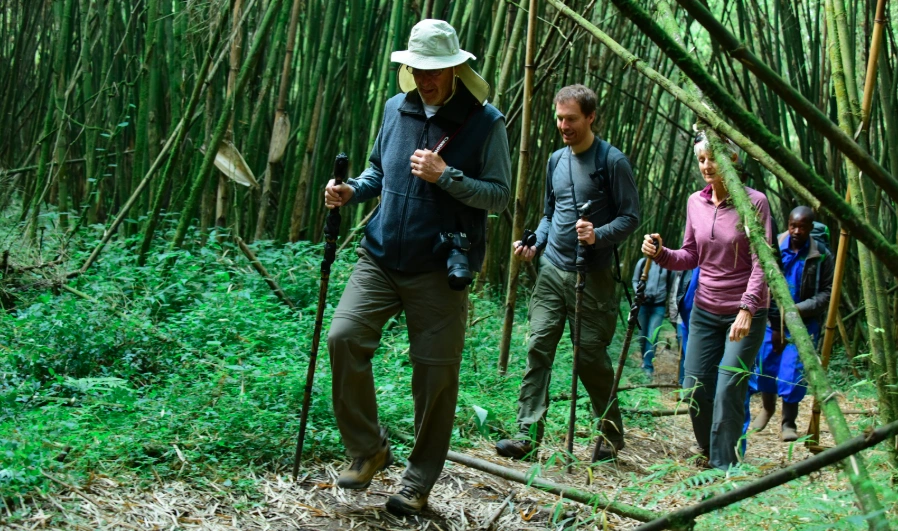
Optional but Smart Add-ons
12. Walking Stick
The Uganda Wildlife Authority provides a simple wooden walking stick at the start of most treks—but if you want better balance or support, consider bringing your own collapsible trekking poles.
13. Gaiters
These protect your lower legs and socks from mud, insects, and thorns. Especially handy during the rainy season or if trekking in thick vegetation.
14. Sunglasses and Hat
If you’re trekking in Mgahinga, where the forest is less dense, sun protection matters. A wide-brimmed hat and polarized sunglasses can go a long way.
What NOT to Pack
1. Perfumes or Strong Scents
Gorillas have an incredible sense of smell. Avoid perfumes, colognes, and scented lotions. These can agitate wildlife or attract insects.
2. Plastic Bags
Uganda has a strict ban on single-use plastic bags. Pack everything in reusable pouches or dry bags.
3. Loud Colors
Stick to greens, browns, and other earth tones. Bright colors can scare off wildlife or make you stand out in the wrong ways.
Bonus Tips Before You Go
- Label your gear. If you’re on a group tour, it’s easy for hiking poles or jackets to get mixed up.
- Test everything beforehand. That new raincoat or pair of boots? Try them out before you’re on the trail.
- Roll, don’t fold. For compact packing, rolling your clothes saves space and prevents wrinkles.
Gorilla trekking is one of the most unforgettable wildlife experiences on Earth. But the magic lies in the details—and packing the right gear is one of them. Stay dry, stay comfortable, and most importantly—stay in the moment.

